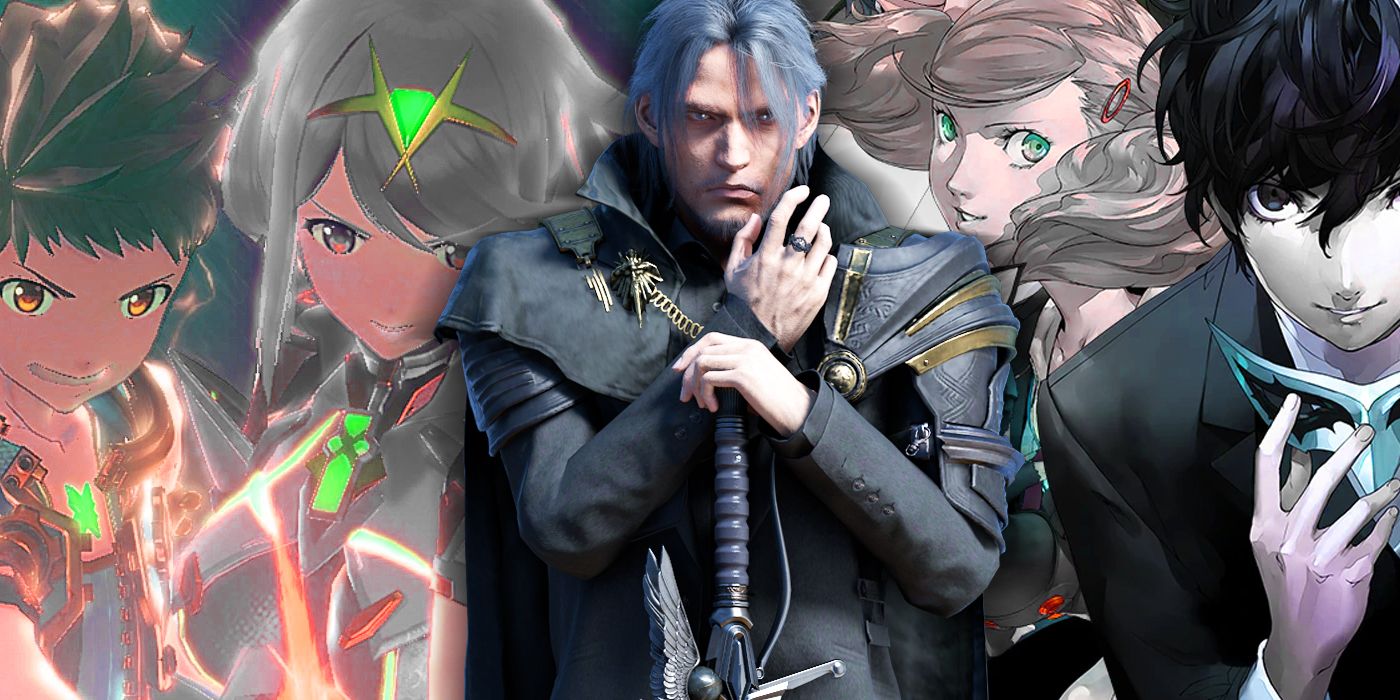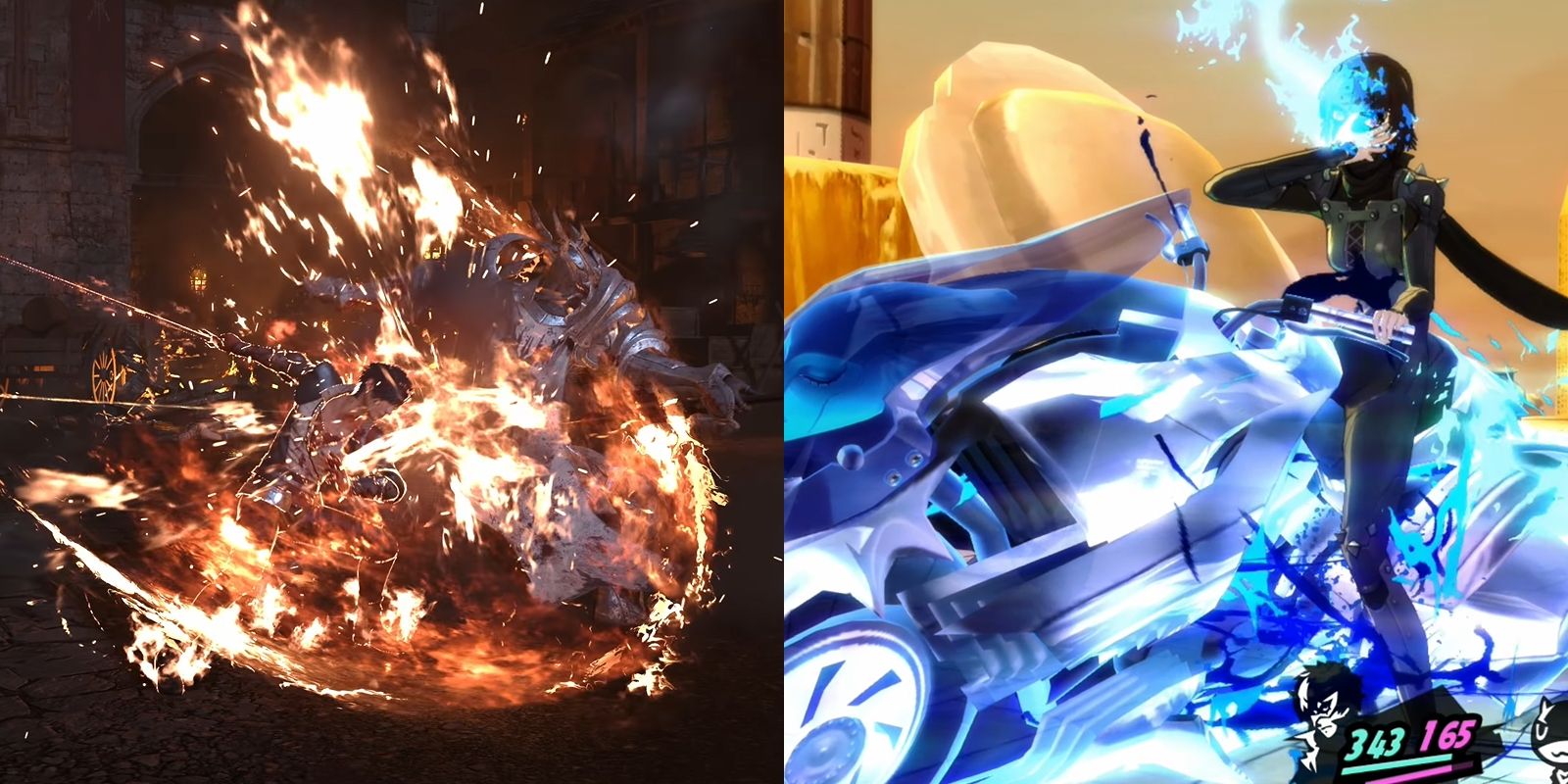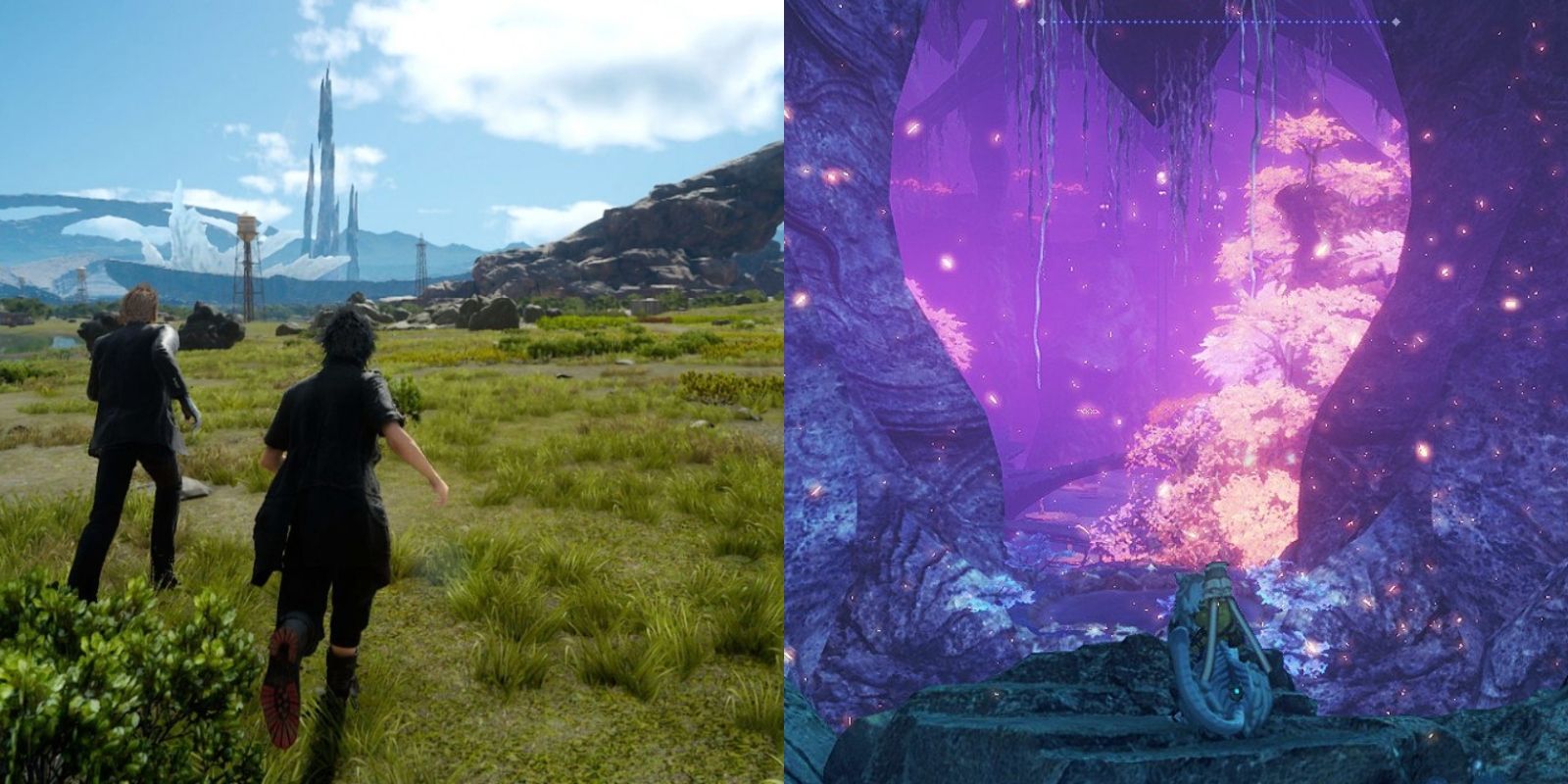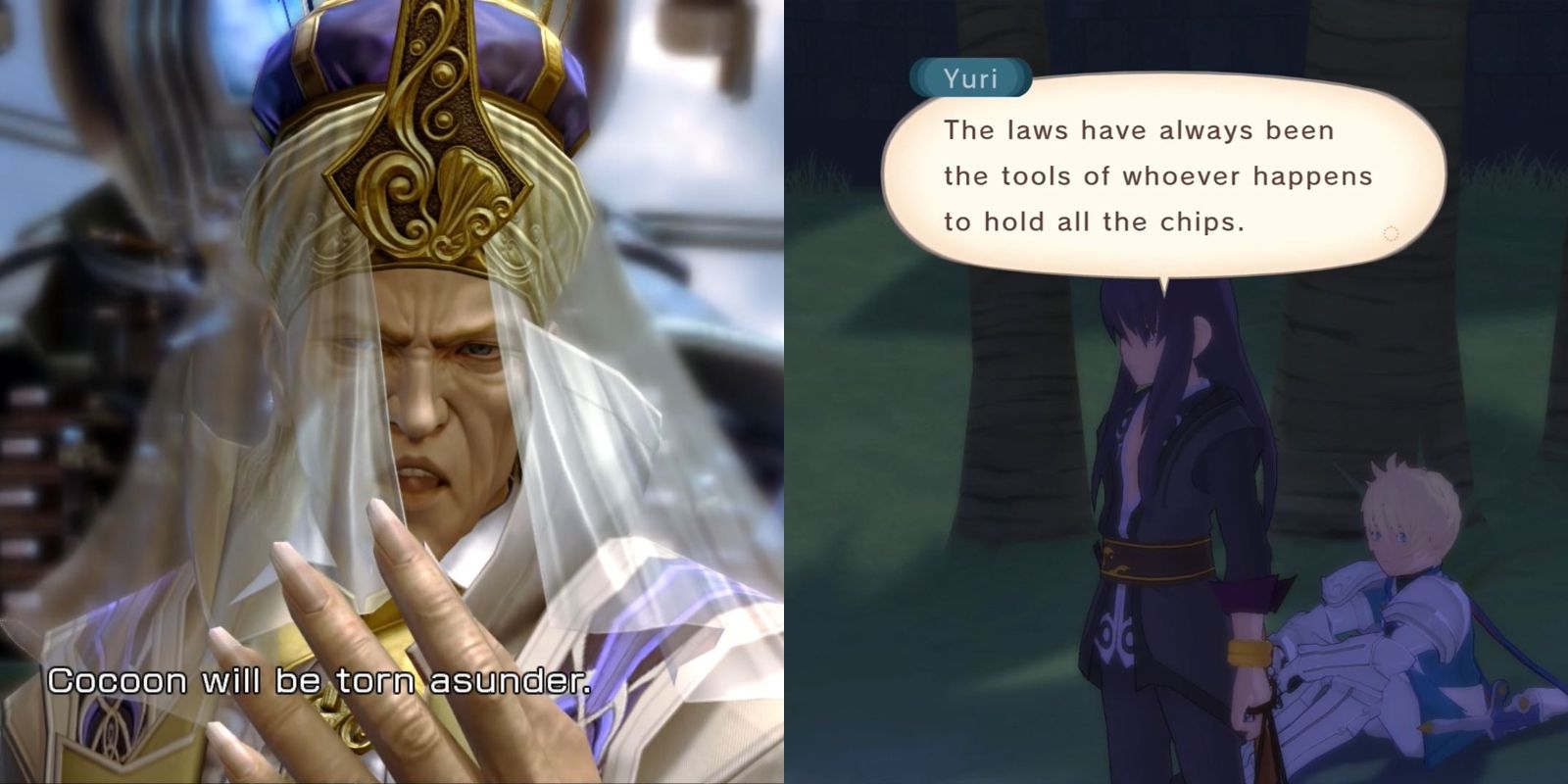Final Fantasy was once the biggest name in Japanese role-playing games, creating some of the industry's most memorable worlds. However, over the last twenty years, its perceived quality has fluctuated due to divisive sequels and questionable business practices. As such, its modern titles lack the pop-cultural omnipresence of earlier games.
During this momentary fall from grace, other franchises were able to flourish and carve out bigger slices of the JRPG market for themselves. With Final Fantasy undergoing course-correction in recent years, it's time to look at what its competitors achieved and how Square Enix could learn from them to reestablish dominance over the genre.
One of modern Final Fantasy's biggest problems has been a lack of consistency. Square Enix reinvents the franchise with each numbered installment, meaning its audience can never be sure of what to expect from each game. This isn't necessarily a bad thing, as all brands must innovate to stay relevant, but some fans feel the company takes it too far.
Each new Final Fantasy game being so wildly different means the developers never get to refine their ideas, leaving potentially excellent concepts in the dust. Final Fantasy X had a wonderfully tactical combat system that the main series never returned to, and the upcoming Final Fantasy XVI seems to take more cues from Devil May Cry than any past series entry. Compare this constant reinvention to the more gradual growth in Atlus's Persona series.
Persona 3 updated the franchise while staying true to its urban fantasy roots, simplifying its gameplay rather than completely overhauling them. Each successive title then built upon the achievements of the last, advancing the gameplay while keeping it recognizable. The same cannot be said of Final Fantasy, which constantly seems to be moving away from its JRPG roots. It remains telling that Square Enix was shocked by Bravely Default's success, despite it being exactly the kind of classic-style JRPG that made them popular in the first place. Atlus, meanwhile, still revels in the genre.
Combat alone does not make a JRPG, however. Exploring bold new fantasy worlds is also a key factor. Unfortunately, Square Enix's sense of adventure has faltered in recent years. Final Fantasy X was well-received despite its more linear design, but Final Fantasy XII and Final Fantasy XIII were controversial for respectively being too expansive and too restrictive. XV's open world attempt was met with a mixed response, and the recent Final Fantasy VII Remake also caught criticism for its narrative padding.
By contrast, Xenoblade Chronicles has been very successful in striking a balance between linear storytelling and expansive environments. The games give players clear objectives but leave getting from A to B in their hands. This means each player has to figure out a level's terrain by themselves, charting their own course through packs of monsters and environmental hazards.
Getting around in a Xenoblade game always feels like a mini-adventure, thanks to unique scenery and fantastical creatures. These worlds may not technically be as open as Final Fantasy XV's, but their increasingly alien biomes make them more interesting to explore than just another green field, and keep players excited for what's around the corner.
In regards to storytelling, Final Fantasy is legendary. Its characters, however, are more contested. The casts of games like Final Fantasy VI and VII are iconic for good reason, but XII was lampooned for an irrelevant protagonist and XV's heroes were so under-developed as to require DLC expansions. Such a focus on story over character development is common in fantasy but it's not universal, as demonstrated by the Tales series.
Whereas Final Fantasy is focused on operatic storytelling, Tales is more concerned with character drama. Its heroes grapple with societal ills, like poverty and racism, which results in more personal stories. This also means the games can be surprisingly gritty despite a colorful aesthetic, discussing ideas like vigilante murder and political revolution.
As well as more ethically-challenged heroes, Tales often has more complex villains than Final Fantasy. Unlike Square Enix's nihilistic planet-busters, these antagonists are usually just flawed people trying to change the world according to their own beliefs. Such moral grayness may not fit perfectly with Square Enix's generally heroic tone, but more characters with similar nuance could make its stories more interesting.
It's hard to predict how any series will evolve, and those content with Square Enix's current state may argue that Final Fantasy doesn't need to. Still, change is always inevitable, but that's not a bad thing. Myths and legends were rewritten and reinterpreted in light of other stories for centuries, so there's nothing wrong with their digital successors doing the same. This fantasy's days are far from final, so there's plenty of time for it to learn from another tale.




